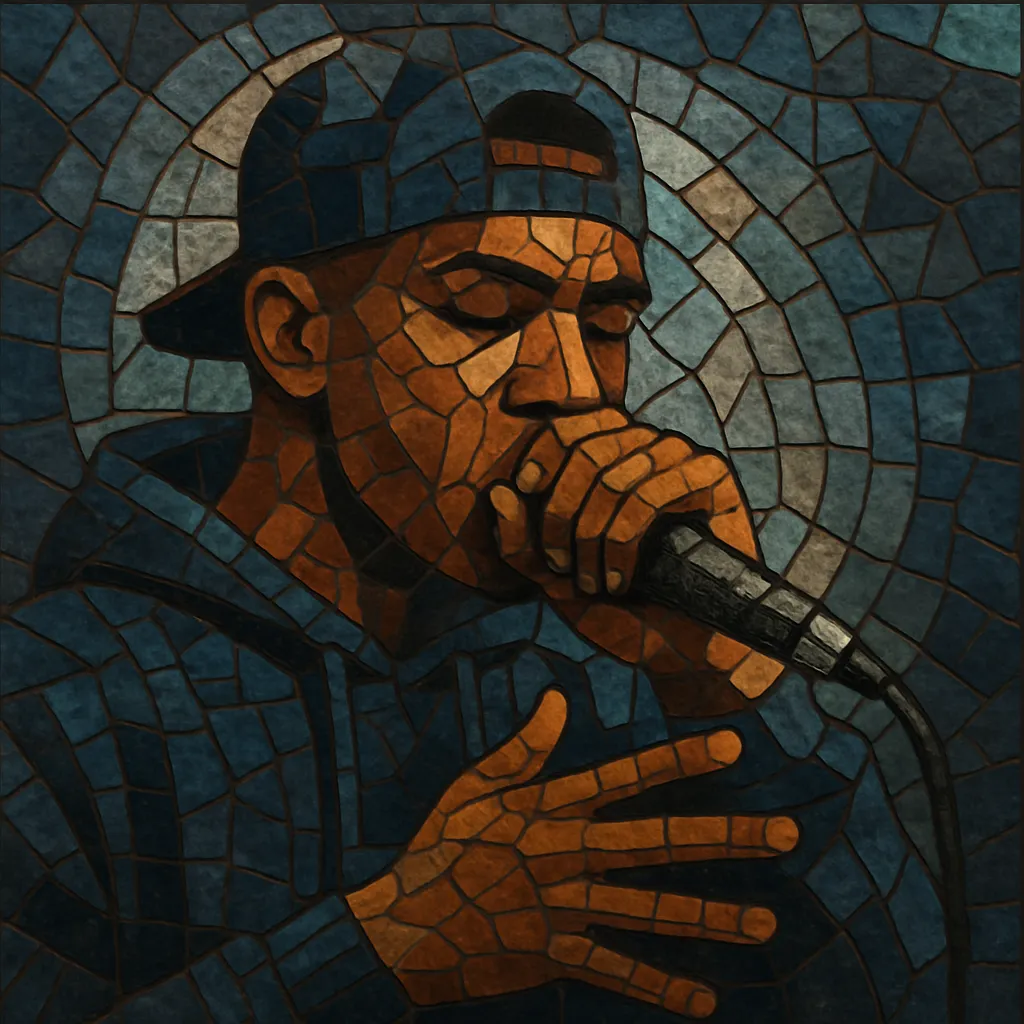Beatboxing is a form of vocal percussion in which performers use the mouth, lips, tongue, nasal cavity, and throat to imitate drum machines, drum kits, turntable scratches, basslines, and other musical textures.
Born inside hip hop culture, it evolved from emulating the sound palette of early drum machines (especially the TR-808) into a highly sophisticated art with its own techniques, notation systems, and competitive scene. Modern beatboxers layer rhythms, bass, melodies, and sound effects—often with loop stations—to create full arrangements using only the human voice.
While most closely associated with hip hop, beatboxing now spans club-oriented patterns, grime and garage flows, jazz contexts, and contemporary a cappella, influencing live performance practices far beyond its original scene.
Beatboxing emerged in the United States alongside the formative years of hip hop. Early pioneers used their mouths to stand in for expensive drum machines and to support MCs in parks, block parties, and ciphers. Figures such as Doug E. Fresh, Darren "Buffy" Robinson (The Fat Boys), and Biz Markie popularized signature sounds (kick “B”, hi-hat “T”, snare “Pf/K”) and showcased that a single performer could drive a whole groove.
As hip hop recording matured, specialist beatboxers developed advanced articulation and breath control. Rahzel (of The Roots) and Kenny Muhammad expanded the vocabulary with rapid-fire hi-hats, inward/outward snares, vocal scratching, and polyphonic techniques (simultaneous singing and drumming), proving beatboxing could be both a solo art and a band-ready rhythm section.
The internet and emerging battle circuits took beatboxing worldwide. Dedicated events and platforms fostered rapid innovation and international styles. UK artists like Killa Kela and Beardyman fused club rhythms and live looping; continental European and Australian scenes grew quickly, with Tom Thum and later champions from France and Eastern Europe pushing technical frontiers.
Modern beatboxers integrate loop stations and effects to build full songs live, blending hip hop with house/techno grids, grime flows, and bass music textures. Online education, standardized notation, and high-level battles accelerated technique (lip bass, throat bass, clicks, inward K snares, zipper sounds). Beatboxing also permeated contemporary a cappella and spoken-word contexts, reshaping vocal arranging and live performance aesthetics.


